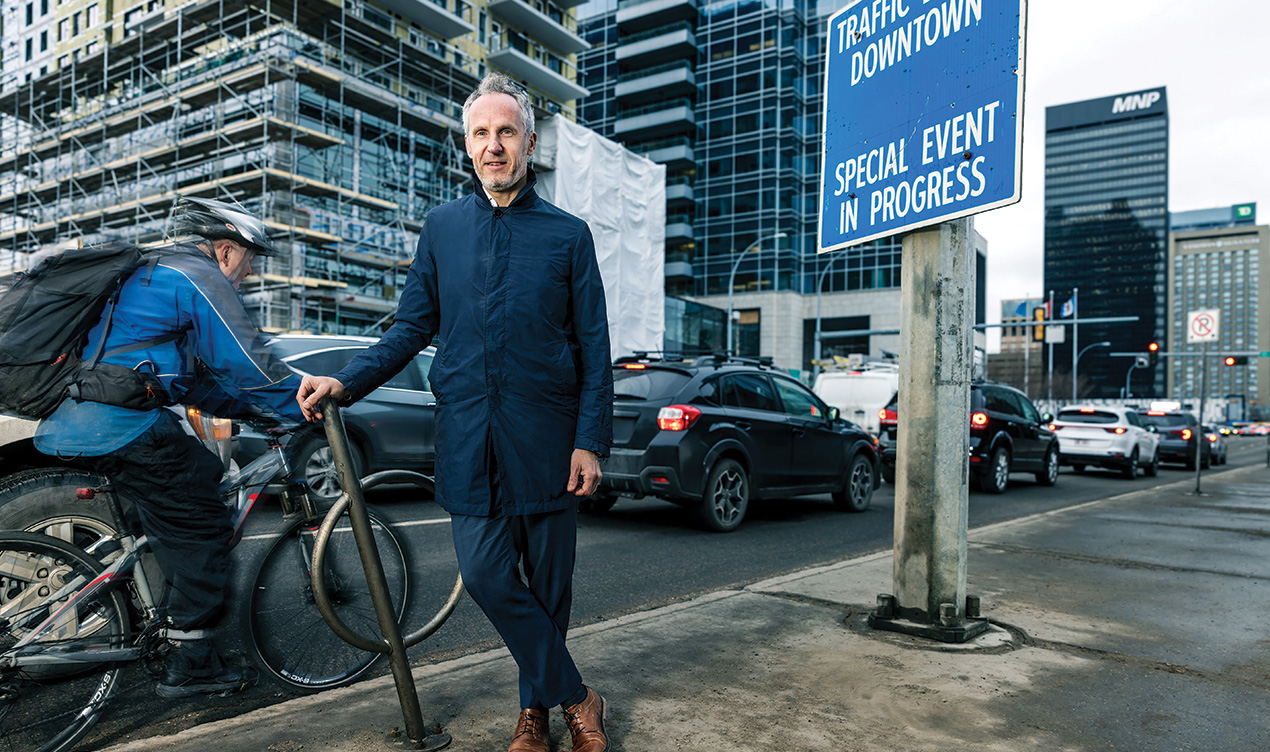Ask pretty much any Edmontonian where downtown stops and the north side of the city begins, and you’ll hear “104th Avenue” as the answer.
It’s not true. The downtown core, at least according to City maps, goes farther north. It encapsulates most of the MacEwan University campus. It takes in the spaces north of Rogers Place, the CN Tower and the Royal Alberta museum.
The downtown rail lines were pulled out of the ground decades ago. But, even though many Edmontonians didn’t live here (or were even born) when the railway cut downtown off from the rest of the city, the psychological barrier remains. The majority of us believe that downtown ends at 104th Avenue. And belief can often be more persuasive than reality.
Mike Saunders hopes that the Station Lands will change that conversation. He’s senior vice president, Qualico Properties, which has held the former rail lands, between 97th and 101st Streets, since 1998. Qualico finished the EPCOR Tower in 2011, and, finally, the first phases of residential developments will be completed this summer.
“We feel Station Lands is the missing piece,” Saunders says. “It’s what’s needed to stitch Chinatown and the ICE District back together. 104th Avenue is a physical and psychological barrier. It’s a very wide street.”
Qualico plans to build six new towers on the land it owns, sandwiched between 104th and 105th Avenues. The first tower will have 285 units, the second will have 300. Saunders believes the buildings will help change the narrative about downtown, especially the northeast corner of the core. He loves how Rogers Place has been connected to the core by Ford Hall, which extends over 104th Avenue. But he said that, for downtown proponents like himself, breaking the notion that downtown ends at 104th has been a “major struggle.”
While Saunders says that the EPCOR Tower is almost 90 per cent leased, he has heard over and over that the building is a “half block too far north,” that it is too removed from the core — even though, by every map the City has, it is located downtown.
